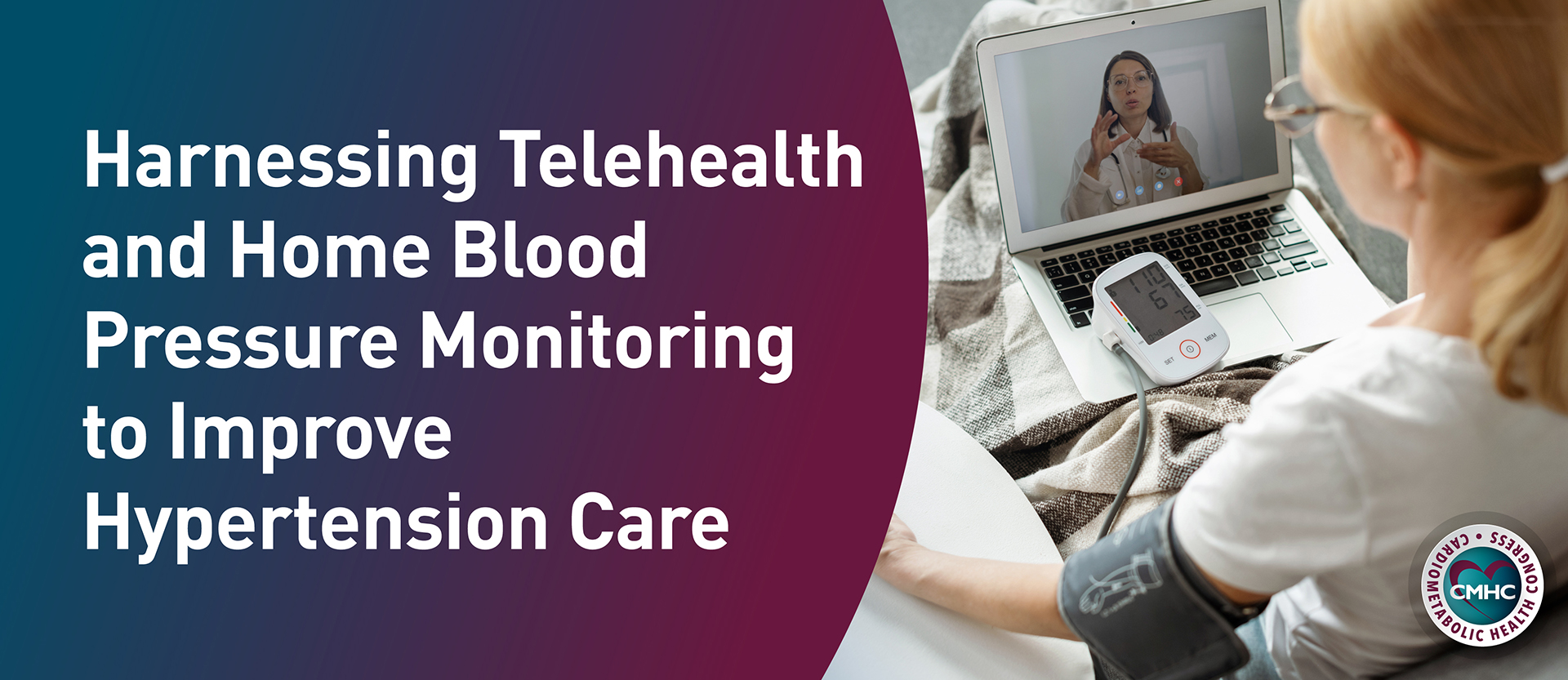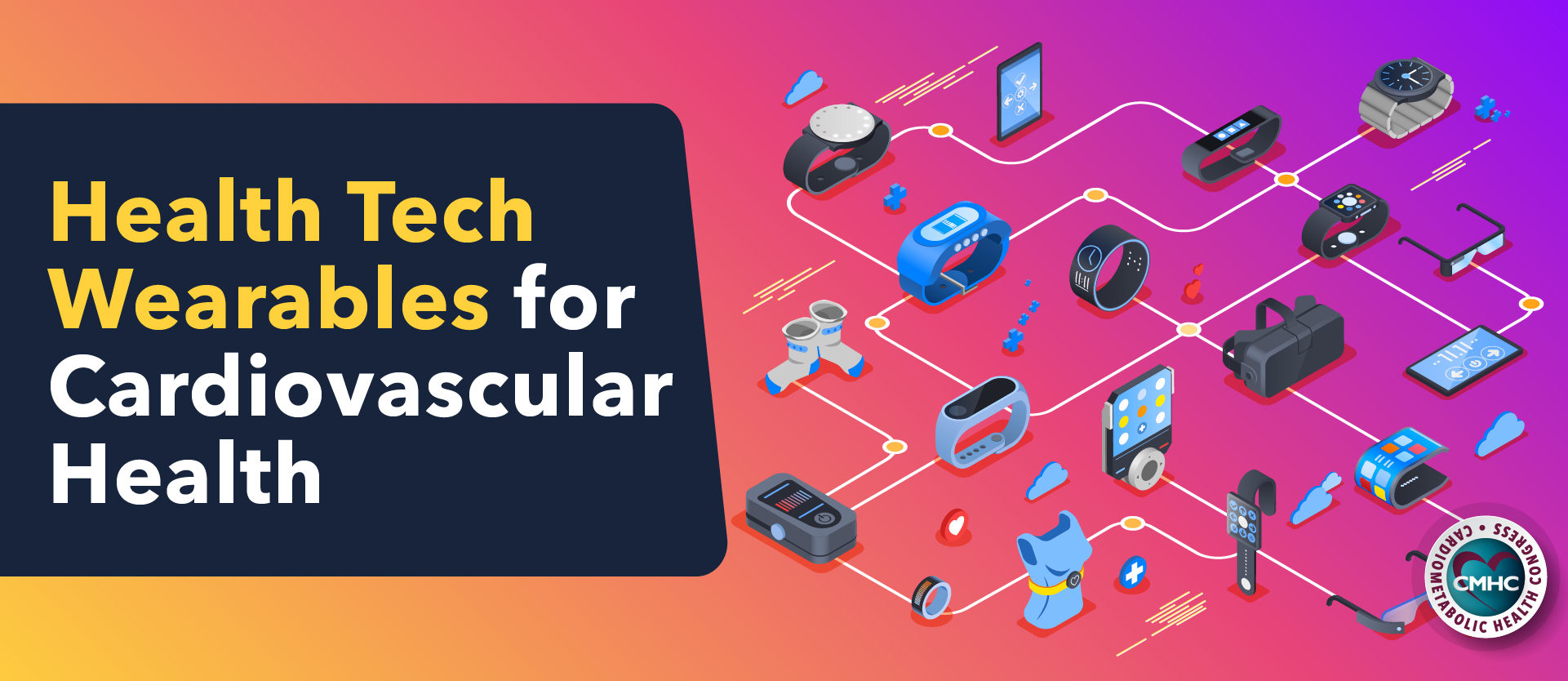In addition to concerns over cybersecurity and ransomware attacks increasingly targeting the healthcare system, a growing reliance on novel health technologies poses a significant threat to patient safety. Alongside heightened efficiency and accuracy, the risk of misuse, malfunctions, and other potentially harmful incidents rises with the introduction of new health technologies. Comprehensive training on and clinician awareness of possible hazards are critical to the safe operation of the healthcare practice.
Important Health Technology Hazards
Reports published by the ECRI Institute cover noteworthy health technology hazards in the industry, identifying some of the safety concerns that warrant clinicians’ close attention in the upcoming years. Based on a rigorous review of incident investigations, medical device testing, and incident reporting databases, the ECRI Health Devices Group determined some of the most potentially detrimental hazards and suggested practical strategies to help hospitals and providers mitigate these risks.
1. Surgical Stapler Misuse
The ECRI Institute’s Health Technology Hazards List names the misuse of surgical staplers as the number one cause of patient safety concern for medical professionals. In 2020, the FDA released an alert about an increase in medical device reports regarding surgical staplers. From 2011 to 2018, the agency received over 41,000 medical device reports concerning surgical staplers and staples for internal use. Over 32,000 malfunctions and 9,000 serious injuries were reported, alongside 366 deaths as a result of the device.
“Injuries and deaths from the misuse of surgical staplers are substantial and preventable. We want hospitals and other medical institutions to be in a better position to take necessary actions to protect patients from harm,” Marcus Schabacker, MD, PhD, president and CEO of the ECRI Institute, said in a press release.
As a result of the increase in safety incidents, the FDA’s General and Plastic Surgery Devices Panel suggested reclassifying surgical staplers from class I medical devices to class II, which are subject to both general and special controls.
2. Point-of-care Ultrasound (POCUS)
The second technology hazard on the list is the point-of-care ultrasound (POCUS), due to an increase in its use which has outpaced regulatory policies and practices aimed to prevent misuse. Many healthcare facilities have been found to lack sufficient oversight in the use of the technology, placing patients at risk of adverse consequences. Some safety concerns include: POCUS not being used when warranted, misdiagnoses, inappropriate use, and an over-reliance on the technology when a more comprehensive examination is needed.
“Policies and procedures should address institution-wide concerns, including user training and credentialing, exam documentation, and data archiving. And they should address specialty-specific issues, such as developing exam protocols that conform to established guidelines and recommendations,” the report suggests.
3. Sterile Processing Errors
Failure to consistently and effectively sterilize contaminated items in medical and dental offices has been deemed the third top health hazard, with the potential to greatly increase the risk of patient infections by exposing them to virulent pathogens. Settings that may lack the necessary sterilization program resources include medical offices, such as OB/GYN and dermatology offices, as well as other locations without central sterile processing departments. The prevalence of sterile processing errors has the potential to pose a widespread patient safety risk.
To mitigate the risk of sterile processing errors, the report recommends designating a qualified staff member or contractor to support office IPC practices, provide appropriate training, and conduct periodic competency testing of sterilizer operators.
4. Central Venous Catheter (CVC) Risk in At-home Hemodialysis
The ECRI named central venous catheter (CVC) risks in at-home hemodialysis patients as the fourth health hazard on its list. Although the use of home treatments for patients with kidney disease was recently promoted by the federal government, the risks may outweigh the benefits for patients receiving hemodialysis via a CVC. This practice has been linked to increased chances of infection, clotting, disconnection – with the potential for immense blood loss – and air embolism, all of which can lead to severe health consequences. The risks associated with central venous catheters can be especially dangerous in the home setting where patients and their care providers may not be adequately equipped to manage them.
The report highlights the need to re-evaluate the changing practices in end-stage kidney disease care, citing the significant health risks associated with moving treatment into the home setting.
5. Unproven Surgical Robotic Procedures
Surgical robots are being used for a growing range of procedures, sometimes prior to full-scale risk assessment, placing them as the fifth top health technology hazard to be wary of in forthcoming years. The use of surgical robotic systems in a growing range of minimally invasive procedures continues to increase in prevalence, however, along with it comes an increased risk of injury and unexpected complications as well as the potential for poor long-term outcomes.
Although surgical robots can offer benefits for surgeons looking to improve dexterity, motion scaling, and tremors, they also have limitations, such as the inability to provide tactile feedback, which can result in long-term health complications – some of which may not be apparent until years later. The report recommends the implementation of extensive processes for the approval of surgical robot applications for new procedures, comprehensive programs for training, credentialing, and privileging surgeons and operating room staff for their use. Patients, on the other hand, should be made aware of the risks and benefits of robot-assisted procedures.
6. Alarm, Alert, and Notification Overload
As a result of an increasing number of medical devices and health technology systems, which often generate alarms, alerts, and other notifications, health care professionals now have to divide their attention between direct patient care and a cacophony of machine feedback. The notification overload may overwhelm clinicians, resulting in the potential for clinically significant events to go unnoticed and unaddressed.
The ECRI’s report emphasizes the need for a global approach that considers all of these sources and their notification frequencies that prevents potentially hazardous cognitive overload, which can lead to patient harm. “In addition to implementing measures to reduce the overall notification burden, healthcare facilities should support activities that help clinical staff develop the critical thinking skills needed to mitigate cognitive overload,” it adds.
7. Connected Home Healthcare Security Risks
The growing use of patient monitoring technologies, especially those used for at-home monitoring to help medical professionals identify health concerns prior to hospitalization, carries the additional risk of cybersecurity threats. As more medical technologies are moved into the home setting without the adequate policies and practices implemented to protect them, connected home healthcare security has been identified as the seventh top health hazard in the industry. Threats that can interrupt monitoring data flow, alter the device’s performance, or expose patient medical information can lead to misdiagnosis or delayed care.
Cybersecurity issues pose a challenge as at-home patient monitoring devices rely on many factors outside of the physician’s control. The report recommends assessing system security during device procurement, addressing security concerns during installation, and routinely ensuring the monitoring system is functioning securely.
8. Missing Implant Data and MRIs
Prior to undergoing magnetic resonance imaging (MRI) scans, patients must be screened for implanted devices to avoid adverse effects as some implants may heat, move, or malfunction when exposed to magnetic fields. Missing implant data – often scattered throughout various information systems due to a lack of implant information storage system within the electronic health record – can delay or add danger to MRI scans, making it the eighth top health hazard. The potential for direct patient harm during MRI scans is great in the case of unidentified implants.
“Healthcare facilities should work with their EHR provider to create an implant list stored within the patient record. Similar to an allergy list, an implant list collects all relevant information in one easy-to-access location,” the report suggests.
9. Medication Timing Errors in EHRs
The ninth top health hazard identified by the ECRI Institute is medication dose timing and the errors that arise from discrepancies in electronic health records (EHRs). Stemming from a combination of configuration and accessibility issues, the administration of critical medications can be delayed if the order generated from the EHR does not match the dose time intended by the prescriber. Depending on the patient’s condition and the medication in question, these errors can result in significant clinical consequences.
To reduce the probability of dose timing errors, the report recommends optimizing the current EHR order-entry system to highlight the scheduled medication administration time, allow easier modification, and include a “now” option for medications that need to be administered as soon as possible.
10. Loose Fasteners in Medical Devices
The failure of simple components, such as loosened nuts and bolts, can lead to catastrophic device failures and severe injury, making it the tenth top hazard. Nuts, bolts, and screws that hold medical devices together can loosen over time and with routine use. Failure to make necessary repairs can lead to devices tipping, falling, collapsing, or shifting during use, putting both patients and providers in grave danger. According to the ECRI Institute, affected equipment in the past has ranged from baby scale cards to massive angiography systems, putting patients of all ages and conditions at risk.
Emphasizing the importance of regular device inspections for patient safety, the report recommends clinical engineers check the condition of all mechanical fasteners and clinical staff to alert appropriate personnel of any loose or missing fasteners, device irregularities, or unusual noises.
Key Takeaways
It is essential for clinicians to be aware of the many health technology hazards that can affect their daily medical practice. Remaining cognizant of the common safety concerns threatening efficiency, productivity, and patient lives, can help providers ensure safe and effective care.









